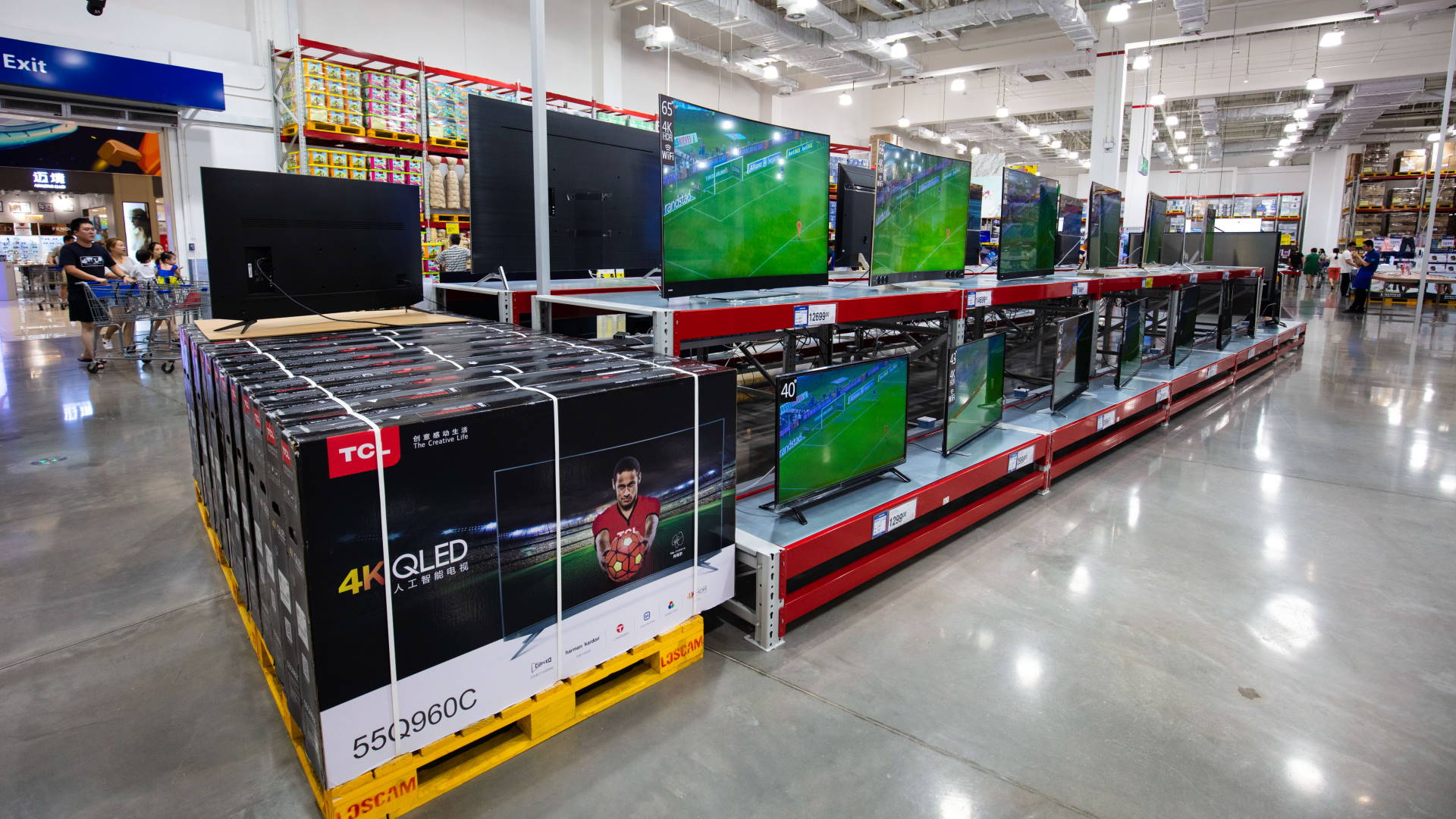Bloomberg today reported that a shortage of inexpensive display driver chips has delayed production of the LCD panels used in, well, pretty much every product category you can think of. Displays are ubiquitous, and many devices can’t function without them. But for the displays to work, they require a display driver — no, not Nvidia or AMD display drivers, those are software. We’re talking about a tiny chip that sends instructions and signals to the display.
That’s a fairly simple function, at least compared to those performed by the vastly more powerful components inside the device proper, which is why many display drivers cost $1. But a component’s price doesn’t always reflect its importance, as anyone who’s built a high-end PC, bought one of the best gaming monitors, and then realized they forgot to get a compatible cable can attest. That missing link is both cheap and vital.
All of which means that a display driver shortage can cause delays for smartphones, laptops, and game consoles; automobiles, airplanes, and navigation systems; and various appliances, smart home devices, and other newly be-screened products.
“I have never seen anything like this in the past 20 years since our company’s founding,” Himax CEO Jordan Wu told Bloomberg. He should know — Himax claims to be the “worldwide market leader in display driver ICs” for many product categories.
Himax’s share price has risen alongside demand for display drivers. Yahoo Finance data puts its opening share price for May 1, 2020 at $3.53; it opened at $14.06 on Monday. The market, at least, is acutely aware of display drivers’ importance.
Unfortunately there isn’t much Himax can do to improve the availability of display drivers, Wu told Bloomberg, because it’s a fabless company that relies on TSMC for production. TSMC simply can’t keep up with all the demand it’s experiencing.
Companies will have to sit on otherwise-ready displays (assuming panel production improves) until that changes. This probably seems familiar to manufacturers waiting for SSD controller supply to rebound after the February disruption of a Samsung fab.
That’s only part of the problem, of course, as the global chip shortage affects practically every aspect of the electronics industry. It’s a matter of improving the availability of CPUs, GPUs, mobile processors, chipsets, display panels, single board computers, and who-knows-how-many other components. No biggie.
